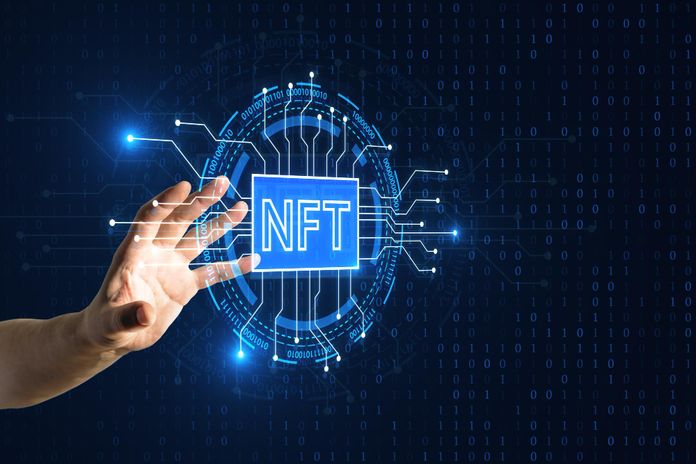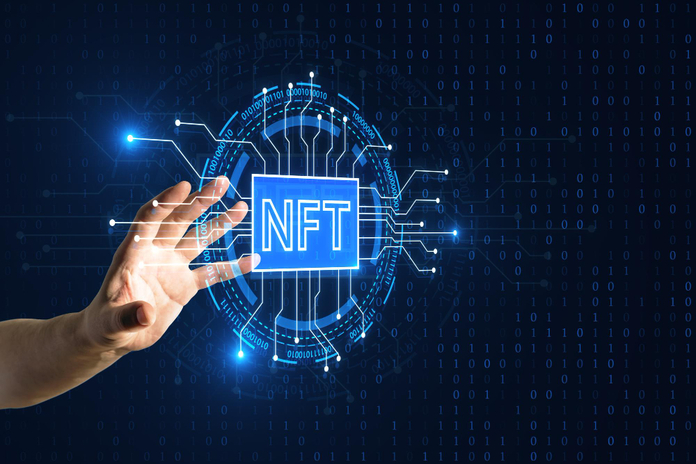Wisconsin Pioneers State Investment in Bitcoin ETFs

For cryptocurrency to gain more value, wider ownership is crucial. Institutions investing directly in bitcoin or indirectly through spot ETFs, launched in January, can drive this growth. Some entities, like MicroStrategy (NASDAQ:MSTR), invest directly in bitcoin, while others, like the State of Wisconsin, invest indirectly. This trend is positive for cryptocurrency as it increases exposure to the asset class.
The State of Wisconsin Investment Board has invested over $160 million in spot bitcoin ETFs, allocating $98 million to BlackRock’s iShares Bitcoin Trust and $63 million to Grayscale’s spot bitcoin ETF. Although this is a small fraction of the board’s $156 billion in assets, it is significant since few large institutions invest in bitcoin.
The approval of these ETFs in January allows equity investors to gain exposure to bitcoin’s price movements without directly buying the cryptocurrency. The ETF sponsors purchase bitcoins and package them into shares, which are then sold to the public.
Bloomberg ETF analyst Eric Balchunas commented on the investment on X, noting that it is unusual for large institutions to invest in new ETFs so quickly. “Normally, you don’t see big institutions in the 13Fs for a year or so until the ETF gains more liquidity. These are not ordinary launches. This is a good sign, expect more institutions to follow, as they often move in herds.”
Balchunas speculates that more funds might invest soon, with Florida and Wyoming being likely candidates. These states are known for their pro-crypto stance and could lead their pension funds to invest in bitcoin or other cryptocurrencies.
The news coincides with increasing discussions about a spot Ethereum ETF, which, if approved, could further ease regulatory concerns and reinforce cryptocurrency’s stability as an investment.
This development marks a pivotal moment for crypto, suggesting that increased institutional interest could lead to broader adoption and a new era for the digital asset class.
Featured Image: Freepik








